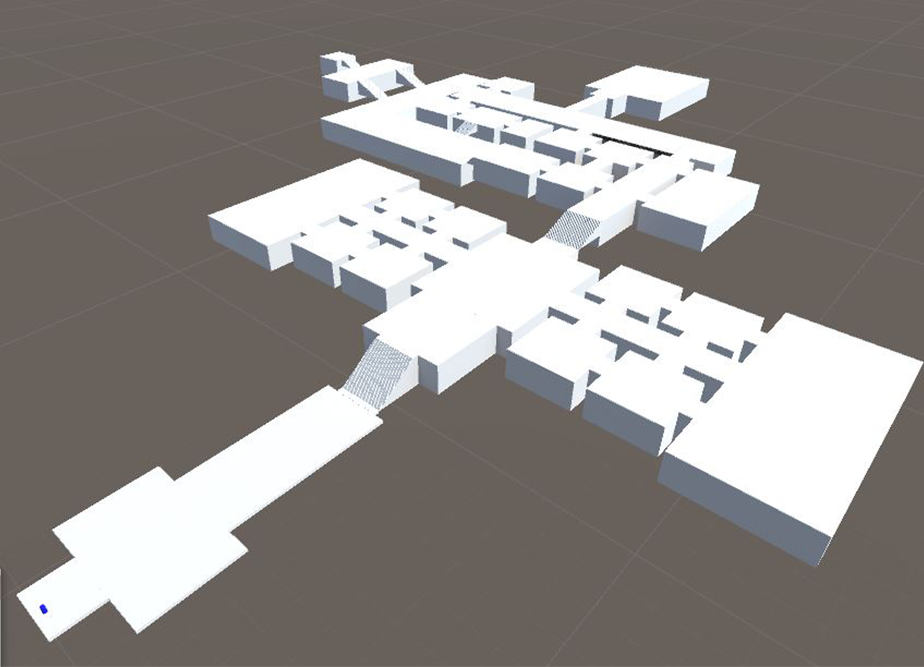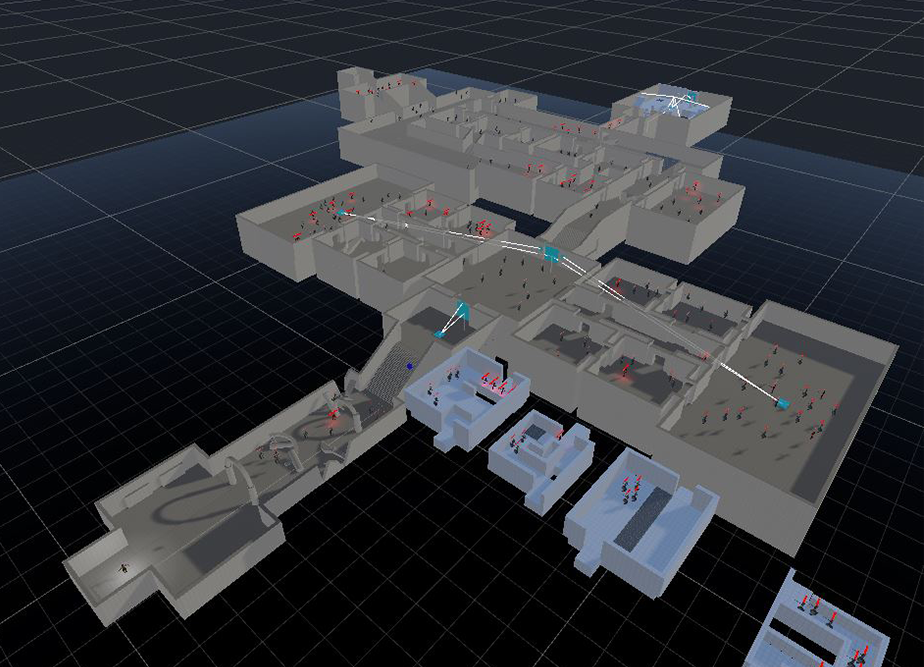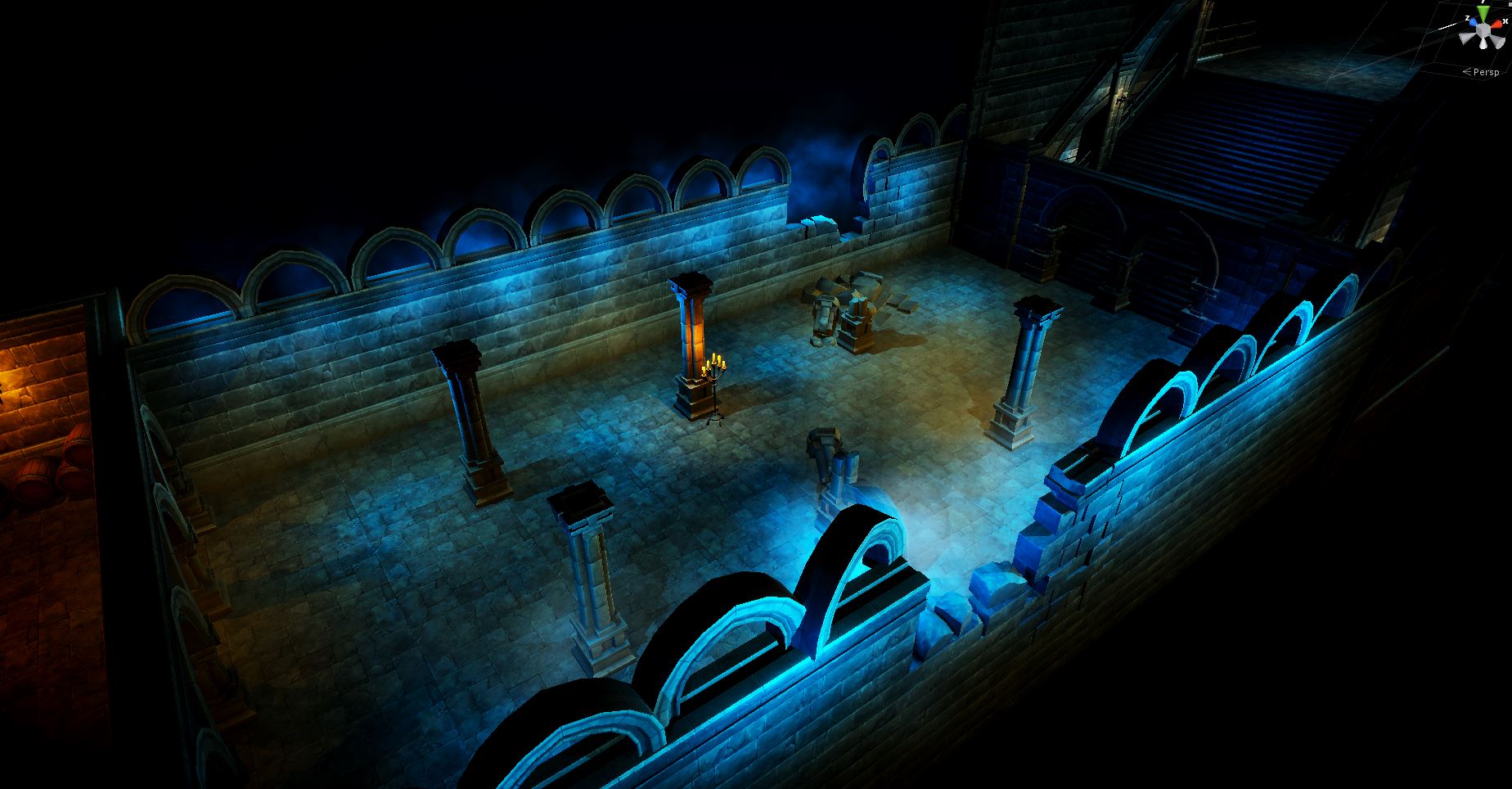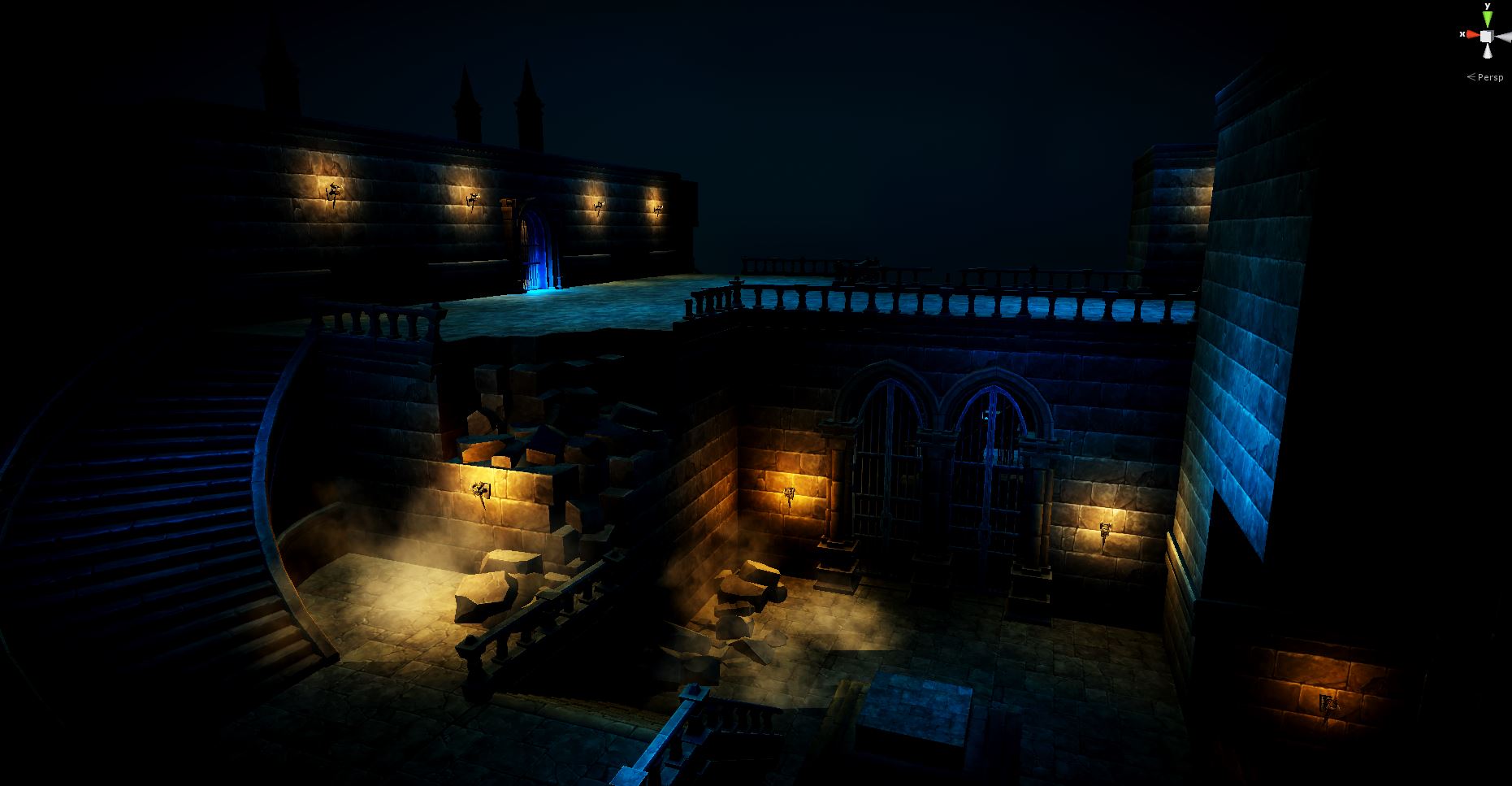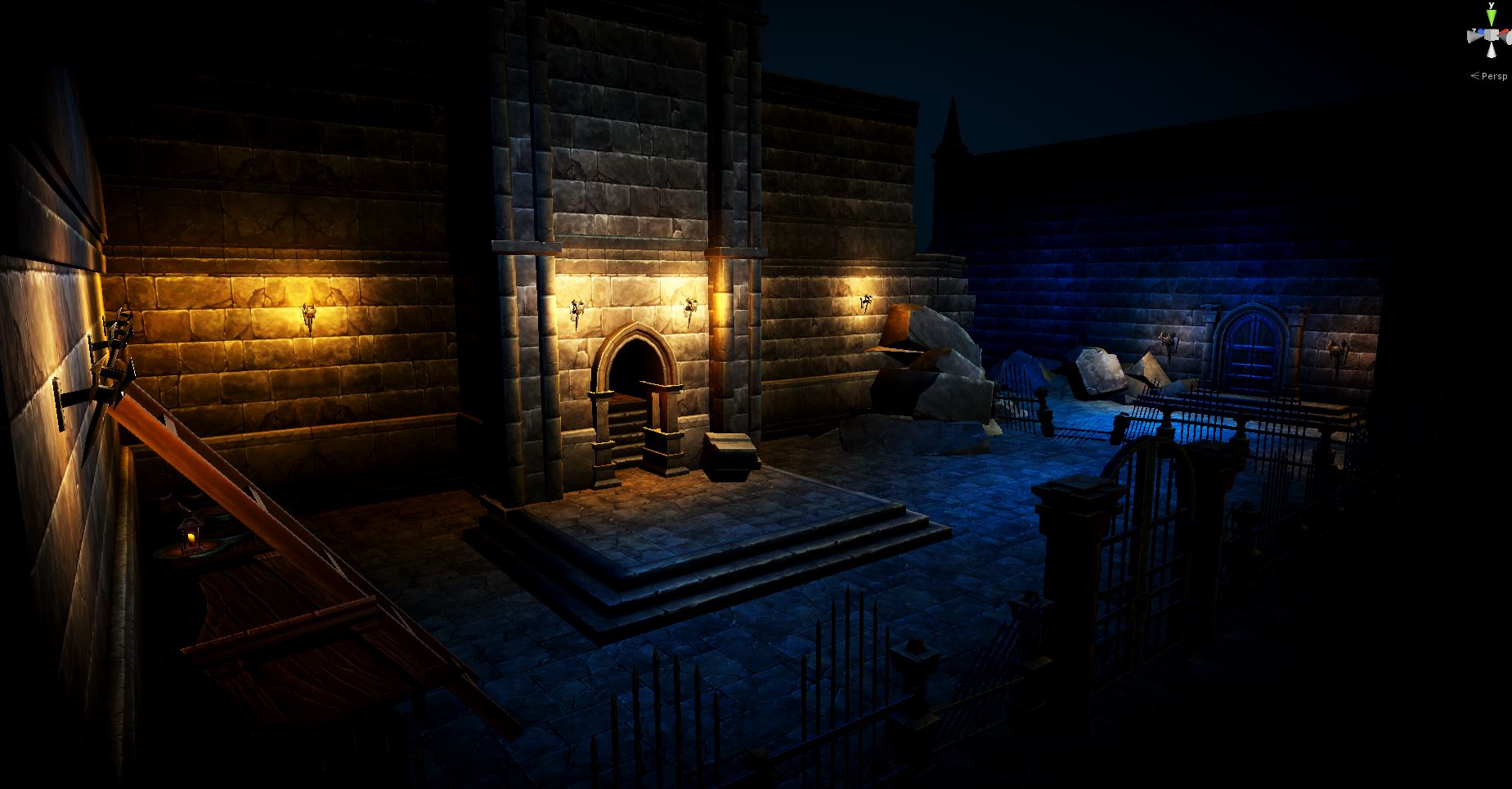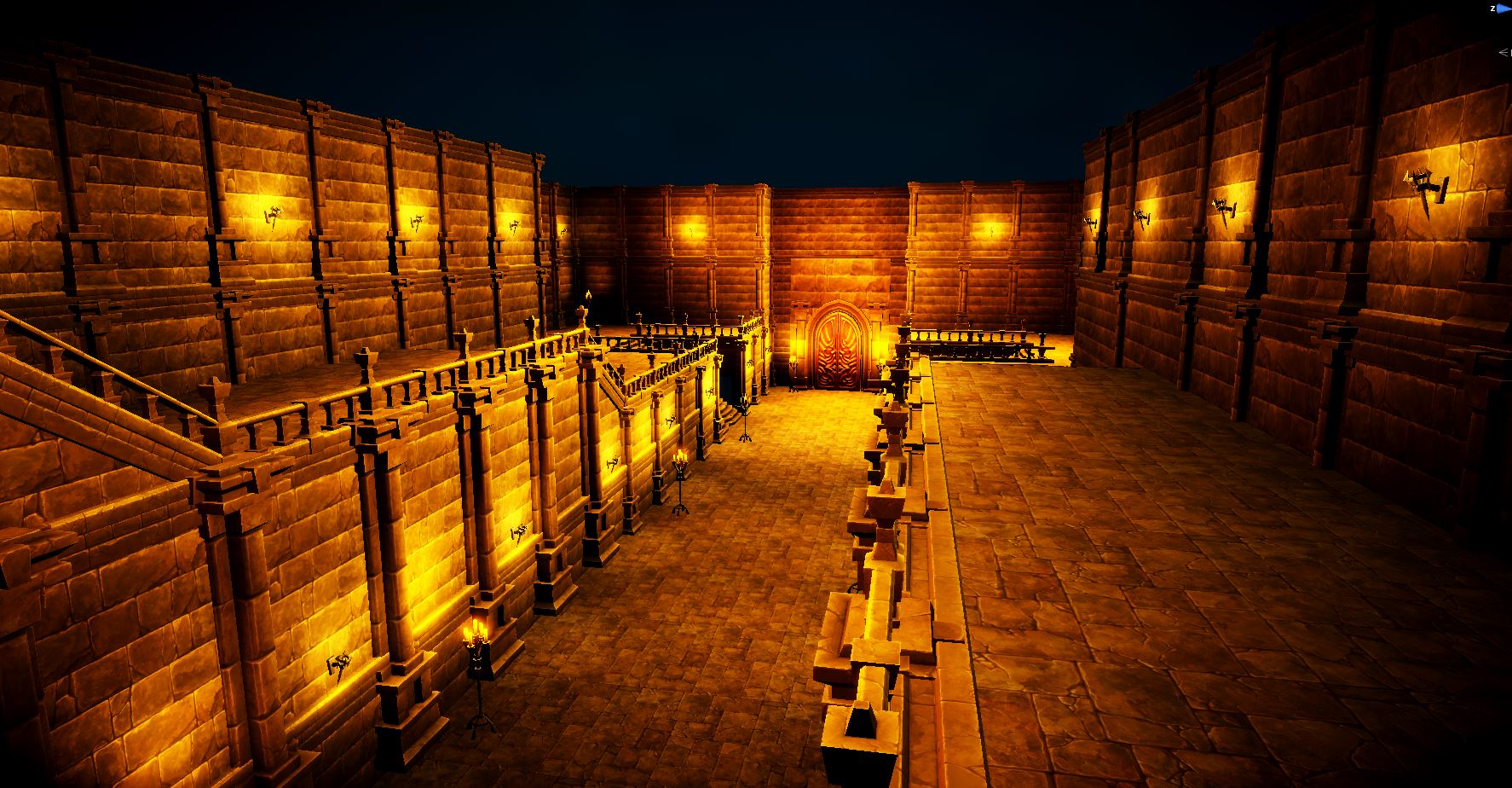CARDSLINGER
An Action Roleplaying Game scripted in Unity C#
The Pitch
Cardslinger is an Action-RPG in which you defeat enemies and foes by using ability cards, which are drawn from an ever-growing deck of cards. Throughout your journey you will discover and pick new cards, that will be added to your deck.
Buckle up and Fasten your seatbelts
The overaching meta goal with this project as a whole, was and is as accurately as possible to convey my skills and capabilities. And i decided that there were no better way to do so, than to make one singular project that would show it all. Whether it be Level- and Game-design, Scripting and Technical know-how or an iterative work process. I wanted this to be the game that proved it.
Because of this sentimentality, the documentation blog for Cardslinger is rather exstensive, and perhaps a bit out of the ordinary for a Student-Portfolio project. The project has evolved quite a bit over the last five months, and i would love it if you would follow me through this journey back in time. So without further ado, grab a cup of coffee and get comfy, because this is a long ride!
Mission Statement
I wanted to create an Action-RPG in the Veins of Diablo and Path Of Exile, that blends in card-game mechanics in order to shift the focus from long-term progression to moment-to-moment gameplay, while still retaining the genre defining character and ability customization.
